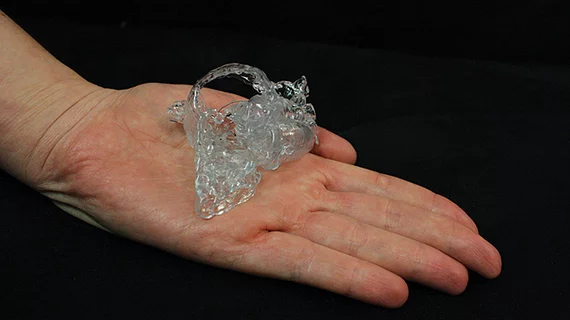FDA requests feedback on 3D printing of medical devices at the point of care
The FDA has published a new discussion paper focused on regulating 3D-printed medical devices manufactured at the point of care.
The agency’s Center for Devices and Radiological Health (CDRH) shared the document on Dec. 10, requesting feedback from “the medical device industry, manufacturers, healthcare providers, healthcare facilities and other stakeholders.”
“The 3D printing of medical devices is at the forefront of innovation and healthcare,” William Maisel, MD, director of the CDRH’s Office or Product Evaluation and Quality, and Ed Margerrison, PhD, director of the Office of Science and Engineering Laboratories, said in a prepared statement. “3D printing at hospitals and other patient-care settings enables health care professionals to quickly create patient-matched devices and anatomical models for surgical planning, as well as many other uses that can help health care facilities rapidly respond to patient needs.”
The discussion paper includes a brief history of 3D printing technology and the FDA’s views on how 3D printing facilities can impact device safety and effectiveness. It also details some key challenges associated with printing devices at hospitals, doctor’s offices and other healthcare facilities.
“Importantly, the release of this discussion paper is intended to foster discussion and solicit feedback from the public,” Maisel and Margerrison said. “This feedback will help build the foundation for an appropriate regulatory approach for 3D printing at the point of care, personalized care for patients and new innovations in this area.”
The 18-page document, 3D Printing Medical Devices at the Point of Care, is available on the FDA website.

